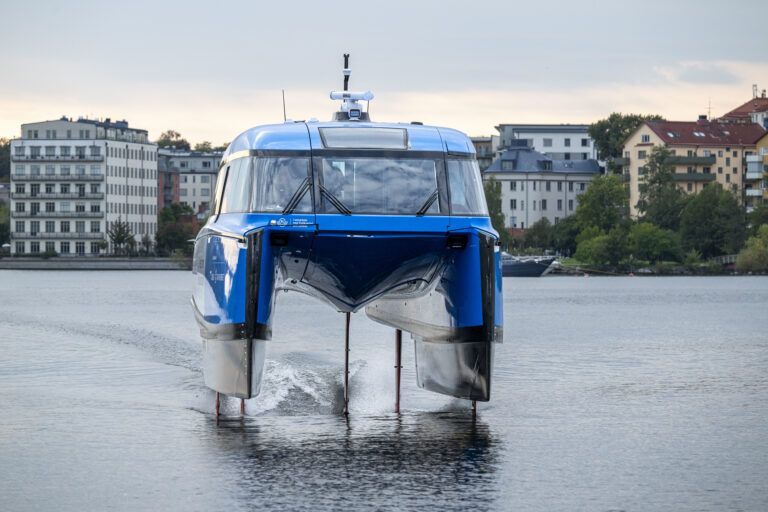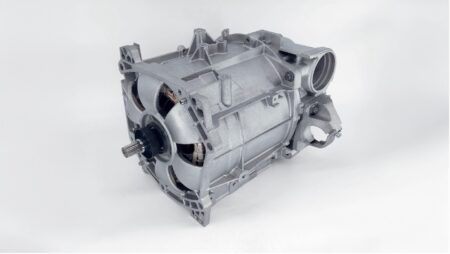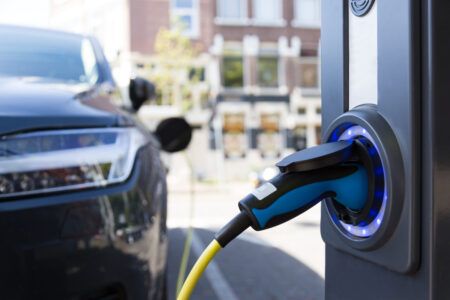Stockholm has introduced its first electric hydrofoil ferry, the Candela P-12 Nova, which aims to transform urban water transportation by reducing emissions and travel times. The vessel began service this week, completing its 15 km route from Tappström to Stockholm’s City Hall in just over 30 minutes.
The innovative ferry uses computer-controlled hydrofoil wings that lift the hull above water, reducing energy consumption by 80% compared to conventional vessels. “This is a paradigm shift for urban transport and a revival of our waterways,” said Gustav Hasselskog, Candela’s founder and CEO.
Currently, Stockholm’s approximately 70 public transport vessels consume more fossil fuels than the city’s buses and trains combined. The new ferry addresses multiple challenges by operating on 100% renewable electricity and creating minimal wake, which allows for higher speeds within city limits.
Nova cruises at 25 knots, making it the fastest electric ferry in operation and outpacing previous diesel-powered vessels. For Ekerø, Stockholm’s fastest-growing island suburb, this means reducing commute times from an hour to just 30 minutes. The ferry’s technological advantages include electric C-POD motors with no mechanical transmission, enabling near-silent operation even at high speeds. It also requires minimal infrastructure, charging at a standard car fast charger during typical break times.
The pilot project, run by Candela, Trafikverket, and Region Stockholm, will operate through fall 2024 and resume in spring 2025. Its goal is to demonstrate how hydrofoil technology can create more efficient and environmentally friendly maritime transit.
“In many cities, the shortest route is over water, which is humanity’s oldest infrastructure,” said Hasselskog. “Today, our waterways are underutilized due to high costs, wake concerns, and emissions of traditional vessels.”
The project has already garnered international interest, with Candela receiving orders from Saudi Arabia, New Zealand, and Berlin even before the official launch.





